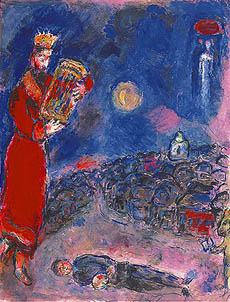The History Of Cheese
Cheese History From An Ancient Nomad’s Horseback To Today’s Luxury Cheese Cart
This is Page 1 of a four-page article on the history of cheese. Click on the black links below to visit other pages.
Overview
Cheese dates back to before recorded history, perhaps as far back as 6,000 B.C.E. We know that cheese was part of the Sumerian diet, 4000 years before the birth of Christ, made from both cows’ and goats’ milk and stored in tall jars. Egyptian tomb murals circa 2000 B.C.E. show butter and cheese being made, and other murals which show milk stored in skin bags suspended from poles demonstrate a knowledge of dairy husbandry.
An enormous variety of cheeses are made, in virtually every country on earth. Cheese varieties have been developed with the milk from a broad spectrum of animals—including the reindeer in Scandinavia, the boar in Africa, the water buffalo in Italy, the yak in Tibet, and the mare in Russia.
How old is the cheese you enjoy? Here are some dates compiled by one scholar:
| |
Gorgonzola |
879 C.E. |
Gouda |
1697 |
| |
Roquefort |
1070 |
Gloucester |
1697 |
| |
Grana |
1200 |
Stilton |
1785 |
| |
Cheddar |
1500 |
Camembert |
1791 |
| |
Parmesan |
1579 |
|
|
And before then?
Cheeses B.C.E.
Homer’s The Odyssey, written in the 8th century B.C.E., describes the making of the cheese that would later become known as feta.
Emmental, the Swiss cheese with eyes, was made by the Helvetians in the 1st century B.C.E.
In the first century, C.E., Pliny the Elder mentioned Cantal in his Historia Naturalis. Cantal, a cow’s milk cheese named after the Cantal Mountains in Auvergne, was originally produced by putting the curd into a formage, a wooden cylinder and the probable origin for the French and Italian words for cheese, fromage and formaggio, respectively.
Countless people made cheese, sold cheese, and ate cheese as a diet staple before these cheeses and others earned their place in the cheese pantheon, bringing recognition to their towns and nations. Here is a look at cheese through history.
In The Beginning
How did cheese come to be? First, man discovered that domestic animals could be milked. While no one can be certain who made the first cheese, we can be certain it was an accident.
Legend is that nomadic tribes of Central Asia who carried milk in animal skin bags “discovered” cheese. They carried milk in saddlebags made from animal skins, and possibly made from the stomach, which contains the coagulating enzyme known as rennin.
Or, fermentation of the milk sugars would cause the milk to curdle. The galloping motion of the horse, acting as churning, would effectively separate the milk into curds.
The result, curds and whey, provided a refreshing whey drink as well as curds, which would be drained through perforated earthenware bowls or woven reed baskets, and lightly salted to provide a tasty and nourishing high protein food.
However, any people with milking animals would have “discovered” cheese and yogurt in a similar way.
Any shepherd or farmer taking milk along with him in the stomach of slaughtered animal that is used as a canteen; or the beneficial microflora in a milkmaid’s oak bucket feeding on the simple sugars in the milk, releasing lactic acid that increases the acidity and causes coagulation.
Before long, people learned that the curds could be aged over weeks or months, and then, pressed together to form large cakes of cheese.
Most scholars agree that the art of cheesemaking traveled from Asia Minor to Europe, where it flourished in the hands of the Romans.
Continue To Page 2: The Romans Master Cheese-Making
Go To The Article Index Above

|




